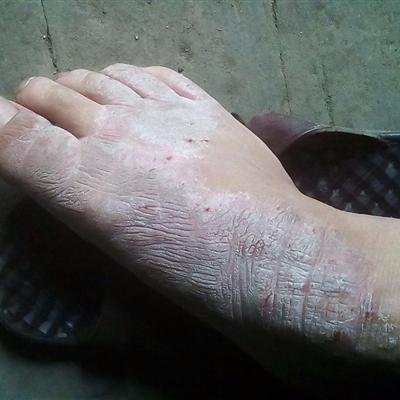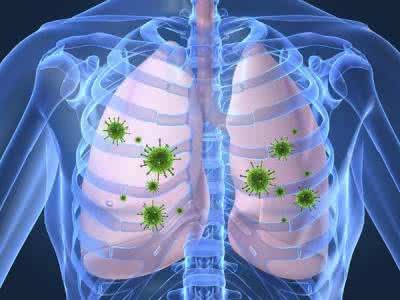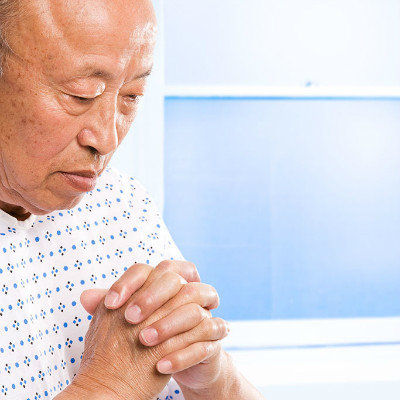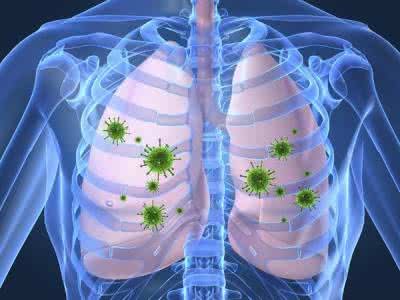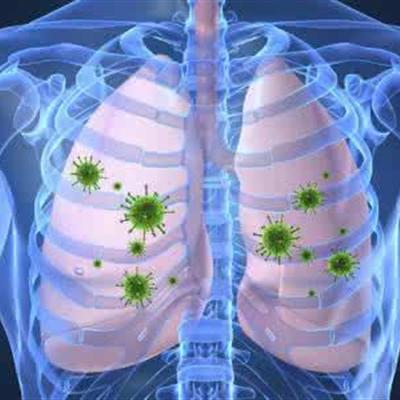Symptoms of cerebral palsy in children
summary
Many parents of children with cerebral palsy are at a loss when they learn that their children have cerebral palsy. Because they usually do not understand what is the disease of cerebral palsy in children, including the cause of the disease, the impact on children, and the direction of treatment. Cerebral palsy is a syndrome of posture and motor dysfunction caused by non progressive brain injury, which occurs only in the immature stage of brain development from before birth to one month after birth. This disease is a common central nervous disorder syndrome in children. Although the lesion is in the brain, it will affect the limbs. Its symptoms are complex and diverse. Let's talk about the symptoms of cerebral palsy in children
Symptoms of cerebral palsy in children
The active movement decreased: the neonatal performance movement decreased, sucking ability and foraging reaction were poor. After 3 months, the kicking movement of lower limbs was significantly reduced or both legs were kicking at the same time. Because of the difficulty of autonomous movement, the movement is stiff and uncoordinated, abnormal movement patterns often appear.
Abnormal muscle tension and posture: the muscle tension of most children with spastic cerebral palsy increases gradually with the increase of age, which is characterized by lower limb extension, adduction and scissors shape. The tension of the flexor muscles of the upper limbs is increased, and the hands are often clenched. Children with hand foot bradykinic cerebral palsy have low muscle tone in infancy, and then show high muscle tone.
The gross movements such as head up, sitting alone, climbing, standing and walking were slower than those of normal children; Grasping things, the fine movement of fingers also lags behind the normal children.
matters needing attention
No matter any disease, as long as the early detection of disease and treatment will have a good therapeutic effect, of course, the choice of effective treatment is the primary premise.

